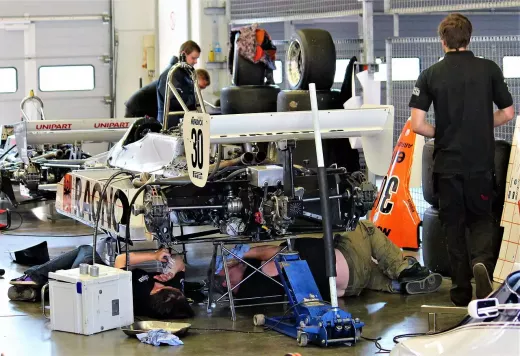History of the circuit
The Phillip Island Grand Prix Circuit has a rich history that dates back to the 1920s. The idea of building a racing circuit on Phillip Island was first proposed by locals who wanted to create a track that would attract tourists to the island. The first race was held on a makeshift track in 1928, and it wasn't until 1956 that the first permanent circuit was built.
Over the years, the circuit has undergone several changes and upgrades to meet the safety standards of modern racing. In 1988, the circuit was extended to its current length of 4.4 kilometers, with a total of 12 turns. The circuit is known for its fast and flowing nature, with several high-speed corners that test the skills of even the most experienced riders.
The layout and features of the track
The Phillip Island Grand Prix Circuit is a 4.4-kilometer circuit that features 12 turns. The circuit is known for its fast and flowing nature, with several high-speed corners that test the skills of even the most experienced riders. The track is located on the southern coast of Australia, and its scenic location makes it one of the most beautiful circuits in the world.
One of the unique features of the Phillip Island Grand Prix Circuit is its track surface. The surface is made up of a special type of tarmac that provides excellent grip and allows riders to push their bikes to the limit. The circuit also has several elevation changes, which add to the challenge of racing at Phillip Island.
MotoGP events held at Phillip Island
The Phillip Island Grand Prix Circuit has been a staple on the MotoGP calendar for over two decades. The circuit has hosted some of the most memorable races in the history of MotoGP, including the epic battle between Valentino Rossi and Casey Stoner in 2003.
The circuit is known for its unpredictable weather conditions, which can add an extra element of excitement to the races. The circuit has also produced some unexpected winners over the years, with riders such as Chris Vermeulen and Troy Bayliss winning their first MotoGP races at Phillip Island.
Famous moments and riders at the circuit
The Phillip Island Grand Prix Circuit has seen some of the most iconic moments in the history of MotoGP. One of the most memorable races was the 2003 Australian Grand Prix, which saw Valentino Rossi and Casey Stoner engage in a thrilling battle for the win. Rossi eventually came out on top, but the race is still talked about today as one of the greatest races in MotoGP history.
The circuit has also produced some of the most talented riders in the world of MotoGP. Riders such as Casey Stoner, Mick Doohan, and Wayne Gardner have all tasted success at Phillip Island, and their names are etched in the history books of MotoGP.
Safety concerns and improvements made
Like all racing circuits, safety is a top priority at the Phillip Island Grand Prix Circuit. Over the years, the circuit has undergone several improvements to meet the safety standards of modern racing. In 2012, a new safety fence was installed around the circuit, which helped to reduce the risk of serious injuries in the event of a crash.
The circuit also has several run-off areas, which provide riders with a safe place to go if they run off the track. The circuit's safety measures have been praised by riders and officials alike, and it's a testament to the commitment of the circuit owners to ensure the safety of all those who race at Phillip Island.
Spectator experience at Phillip Island
The Phillip Island Grand Prix Circuit is not only a great place to race, but it's also a fantastic place to watch a race. The circuit has several grandstands that offer excellent views of the track, and there are also several general admission areas where fans can watch the race from.
The circuit also has several food and drink vendors, as well as merchandise stalls where fans can purchase official MotoGP merchandise. The atmosphere at Phillip Island is always electric, and it's a must-visit destination for any MotoGP fan.
Behind the scenes at Phillip Island Grand Prix Circuit
Behind the scenes at the Phillip Island Grand Prix Circuit, there is a team of dedicated professionals who work tirelessly to ensure that the circuit is ready for race day. From the track marshals to the medical team, everyone plays a vital role in making sure that the event runs smoothly.
The circuit also has several facilities for the teams, including hospitality areas, garages, and workshops. The teams work closely with the circuit staff to ensure that their bikes are set up correctly for the unique challenges of racing at Phillip Island.
Future plans for the circuit
The future of the Phillip Island Grand Prix Circuit looks bright, with plans in place to upgrade several areas of the circuit. The circuit owners have committed to investing in the circuit to ensure that it remains a world-class facility for years to come.
Plans are also underway to improve the spectator experience, with the construction of several new grandstands and hospitality areas. The circuit is also exploring the possibility of hosting other events, such as concerts and festivals, to make the most of its stunning location on the southern coast of Australia.
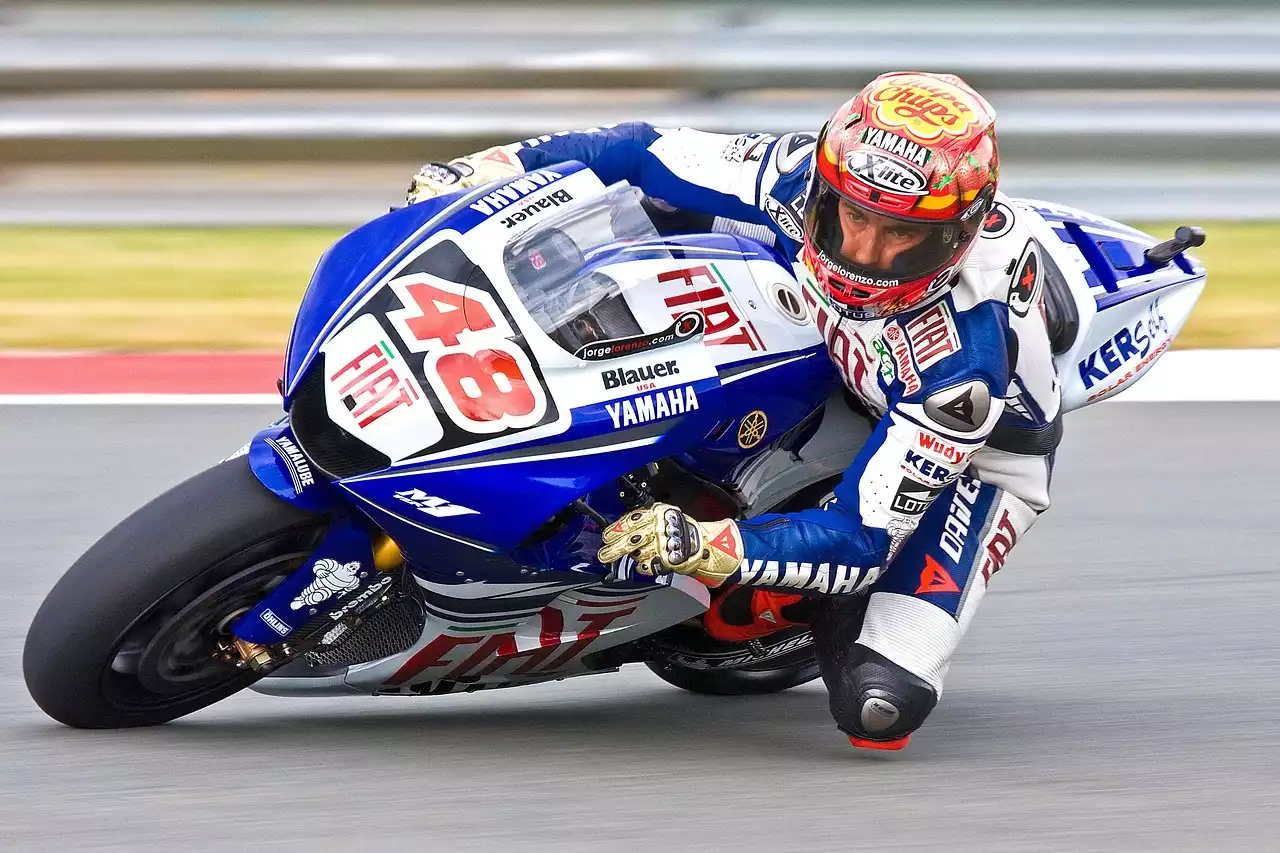
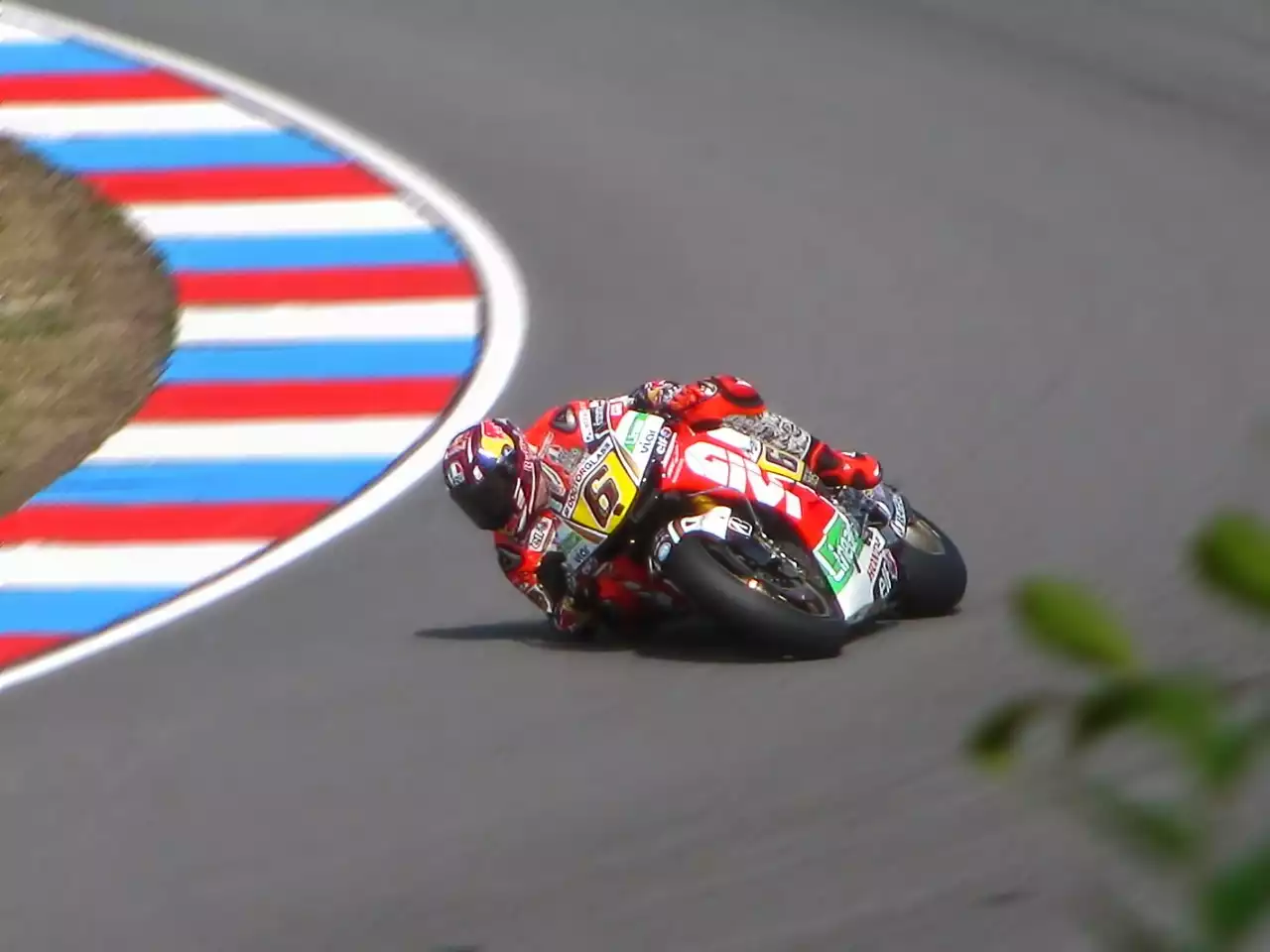
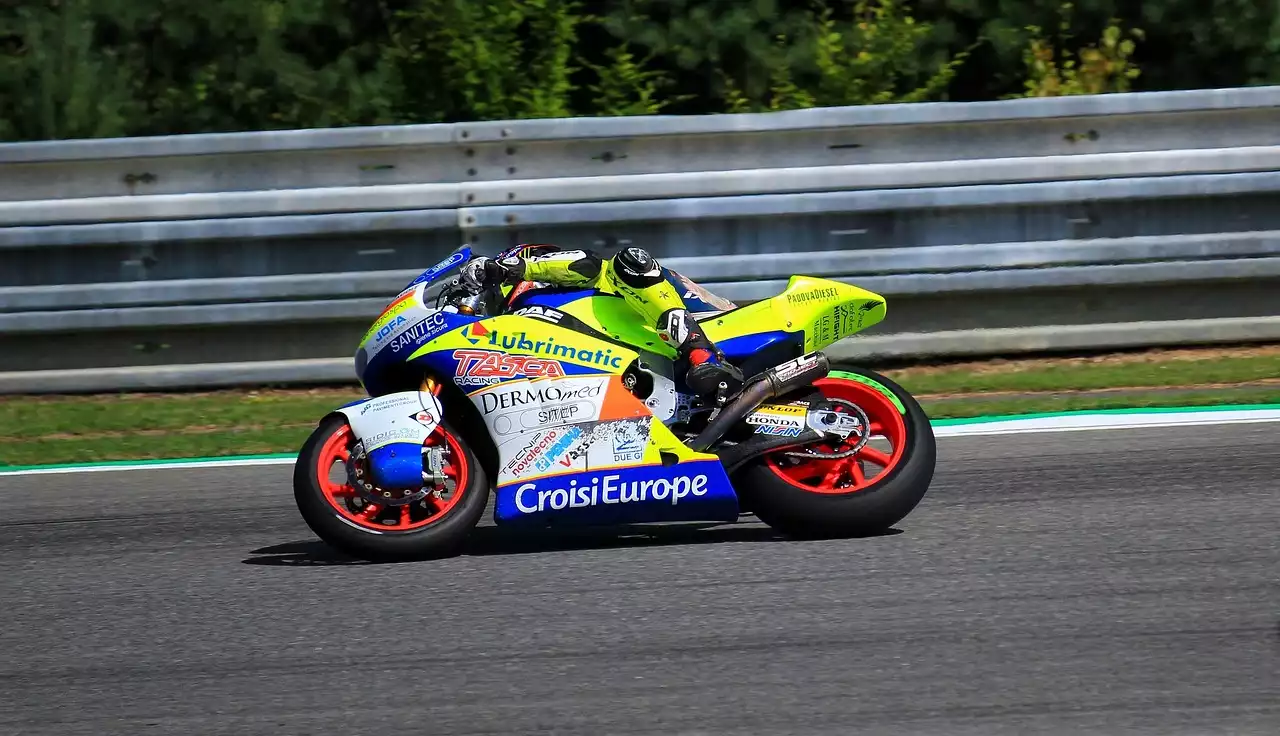
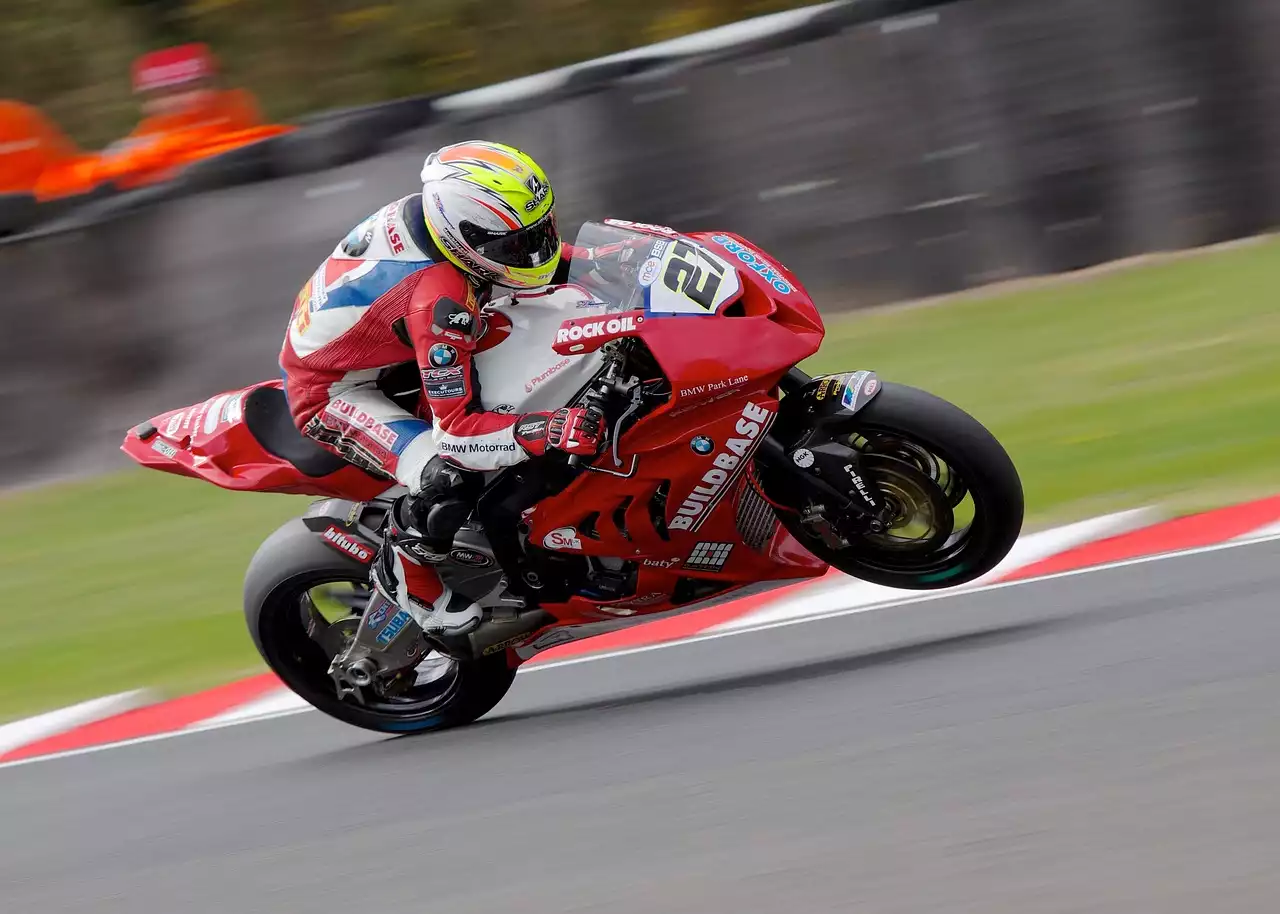
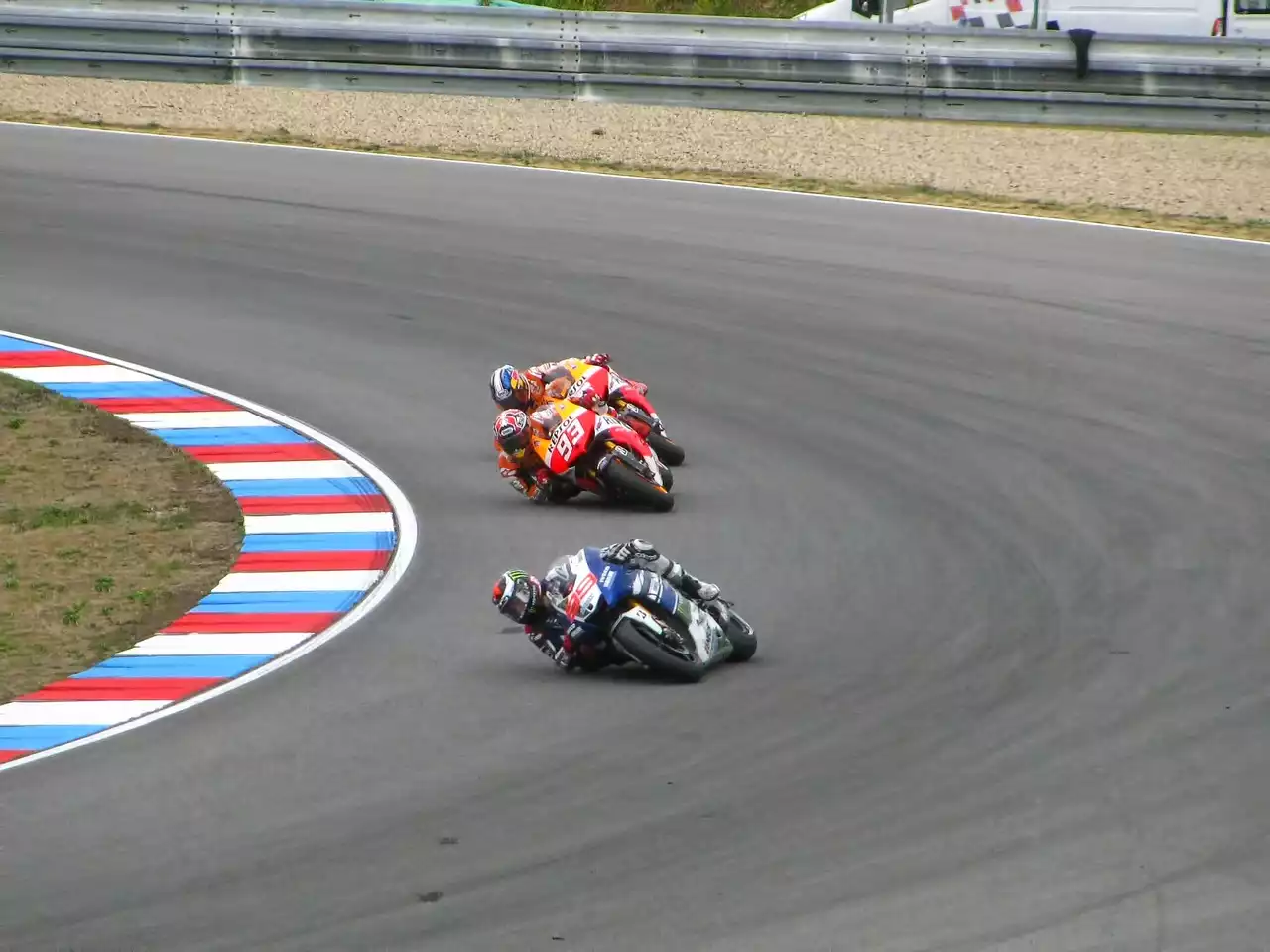



.png?size=50)
